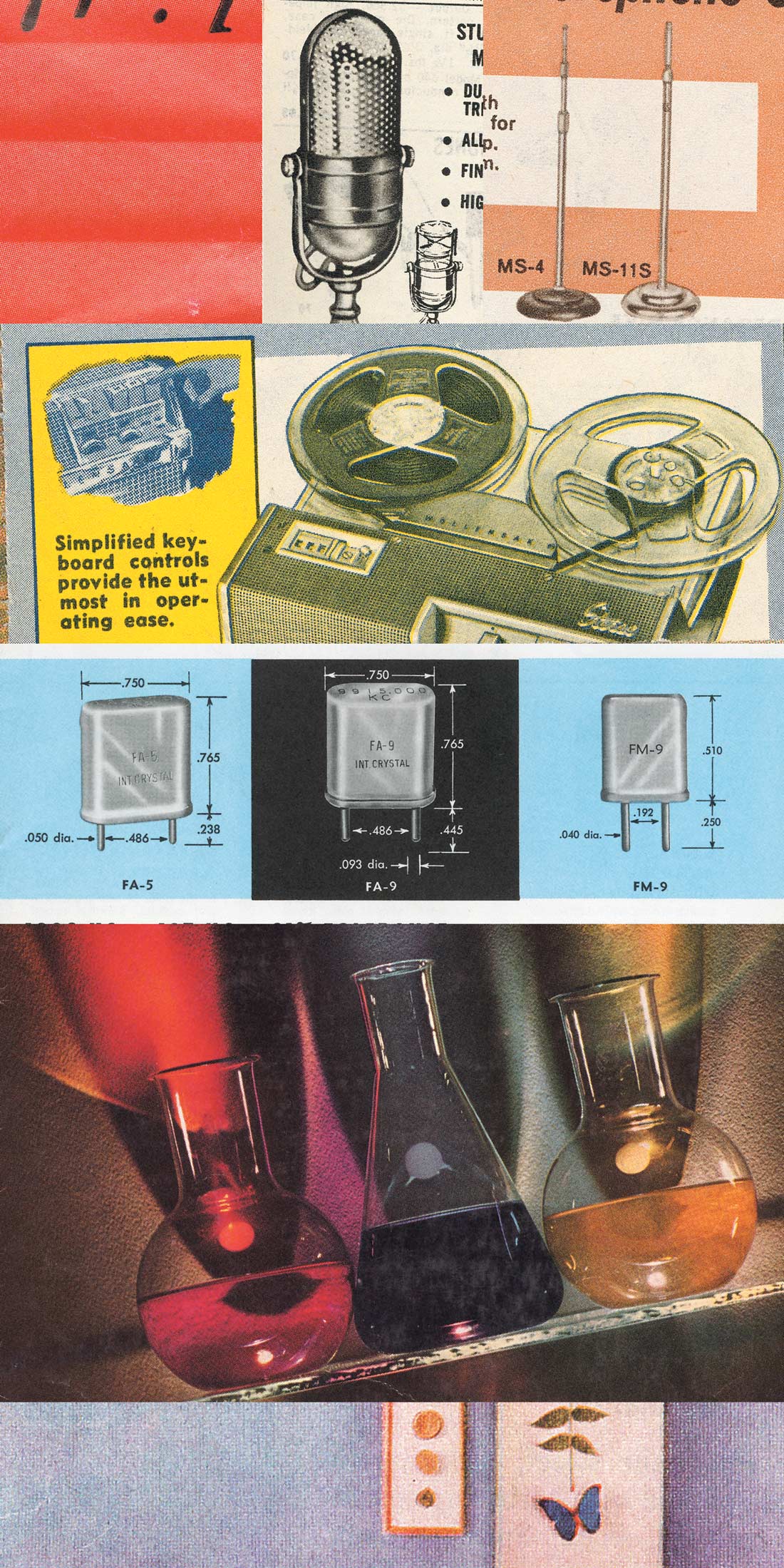Many of us who make records get into ruts. You know, you develop habits in the way you work, your taste dictates how the recordings sound, and you mix in a certain way. None of this is terribly wrong, as it all adds up to what becomes one's "style" — but there is no such thing as right and wrong in recording and we must ALWAYS be aware of this!
Think of three songs you really like. Don't pull them out and listen to them, just visualize what they sound like and pick those three. Now go to the place where you record and get ready to play these three songs back. Put on the first song, listen to it through once and then hit repeat. Do this over and over. Imagine that you are tracking and/or mixing this song. What would you do different? What really jumps out at you as "strange" or "not your style"? But you like these songs so they must work in some way, right? Learn to understand what it is that makes these recordings work, and think about how you can incorporate these differences.
First I listened to "Son of a Preacher Man" as performed by Dusty Springfield and produced by Jerry Wexler, Tom Dowd and Arif Mardin. The first thing I noticed was the panning. Drums and horns were right — guitar, bass and backing vocals were left, except at the bridge where the backing vocals were on the right! The vocals seemed pretty loud and right down the center, with a very midrangey reverb (plate?). The kick drum and bass weren't as deep/low as I would record them. There was a bit of tape hiss at the intro (Oh no!). I swear the song almost seems sluggish too. Hmm....
Next I put on "Heart of Gold" by Neil Young and produced by Neil with Elliot Mazer [Tape Op #72]. The drums were thuddy and dull-sounding and panned to the left a bit. Acoustic guitar was mostly on the right and very compressed and kinda sloppy. At one part of the song a high-hat pops up on the right and sounds like an overdub. Weird. There's a lot of reverb on the lead vocal. The backing vocals (Linda Ronstadt and James Taylor!) only show up at the end, which is kinda odd. The intro seems long and that harmonica comes in pretty loud. Why no pedal steel solo?
Next up was "God Only Knows" by The Beach Boys and produced by Brian Wilson (the original mono version). The bass is loud and the whole mix feels compressed but holds together very well. Some instruments get lost at times. Do those sleigh bells have to be so loud? What the heck is that staccato bridge all about and why is the echo so loud on it? The vocals are pretty darn loud and sound almost double tracked but not really — I couldn't figure this out. The song ends on a very rough fade out!
Why do these songs work though, and what could I learn from this?
Song intros can be long, all of these are. Establish the mood and set the tone for what's to come. You need to draw the listener in and get them into your world. Lead vocals can be loud, up front and use a lot of reverb. Drums can be quiet, working from the background instead of right out front taking up so much space. Bass guitar is more about feel and groove than filling up all the low end. It can establish a major part of a song, like "...Preacher Man" or it can be slightly audible like on "Heart of Gold". Brevity is golden. None of these songs go on for very long! Anything goes when we reach the end of a song: Vocal layers like "God Only Knows" or backing vocals out of nowhere like "Heart of Gold" help send a song off at the end. And the one most important thing — a stellar vocal performance is a must! Whether it's Carl Wilson's soft impassioned reading of his brother's song, Dusty's sexually-charged wink or Neil Young's wavering plea to end his search — all of these vocal performances connect with the listener. They sing about things we understand and in a way that we connect with.
Next time I record I'll be looking for new ways for instruments to sound and feel. I'll be placing them in the mix differently. But I'll also be looking for a lead vocal that will break your heart, pull you in and never let you forget what you just heard. Amen.

